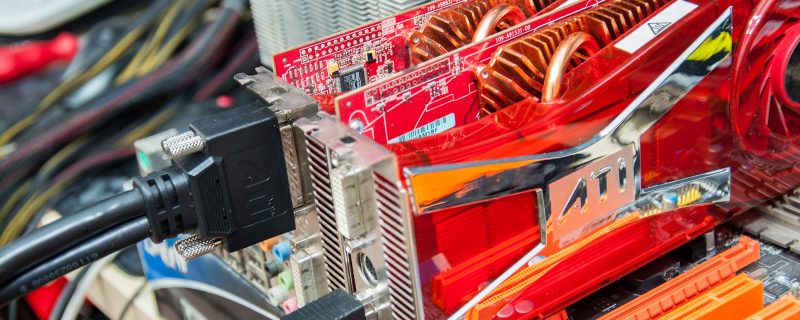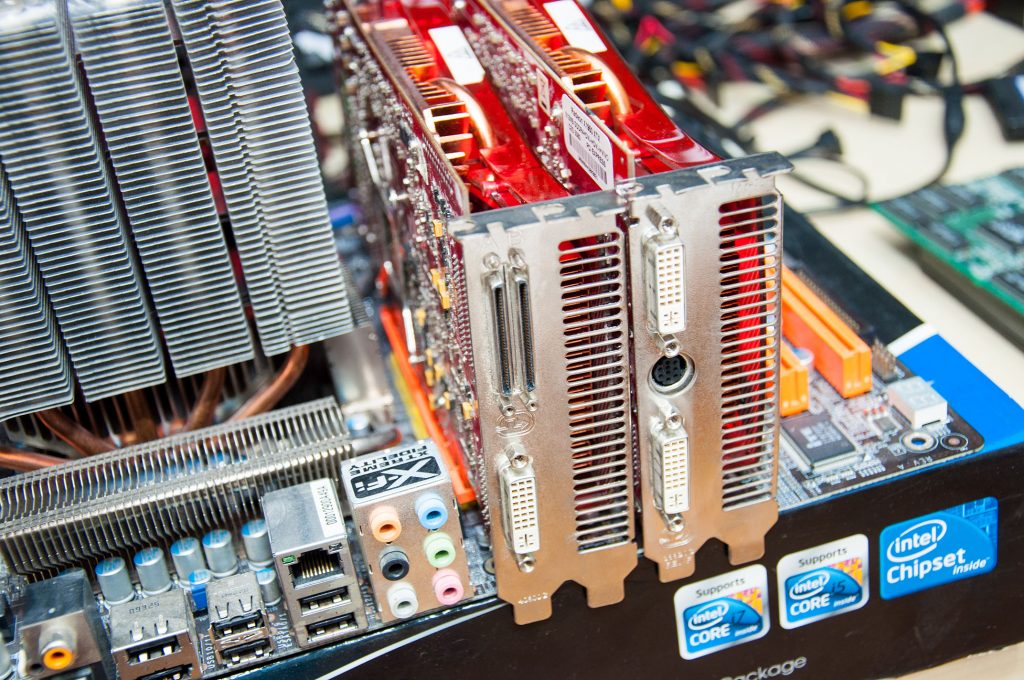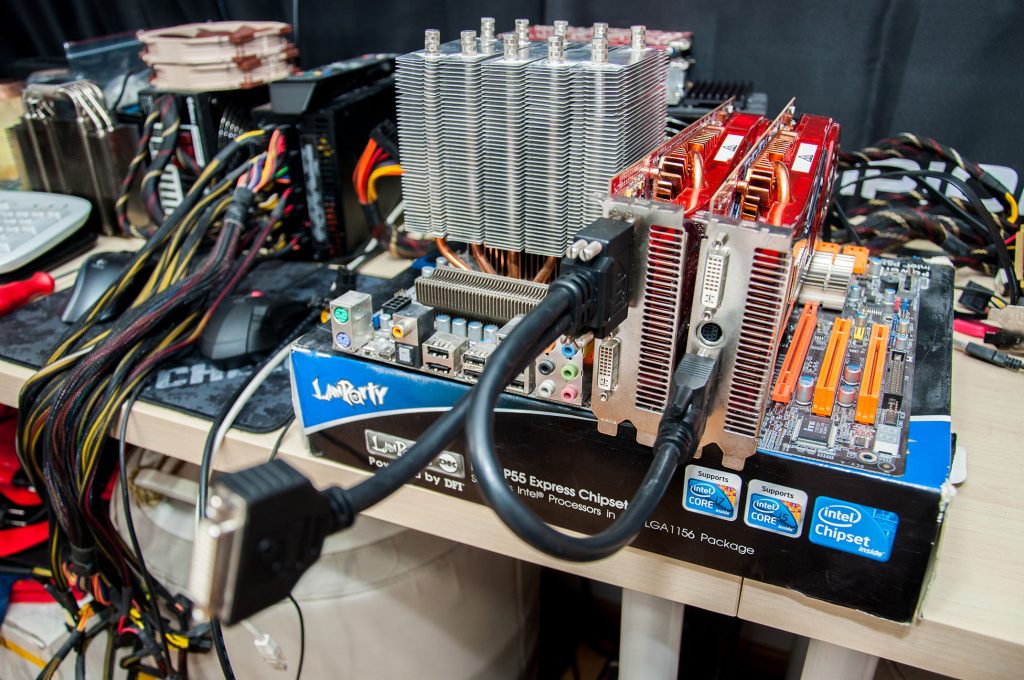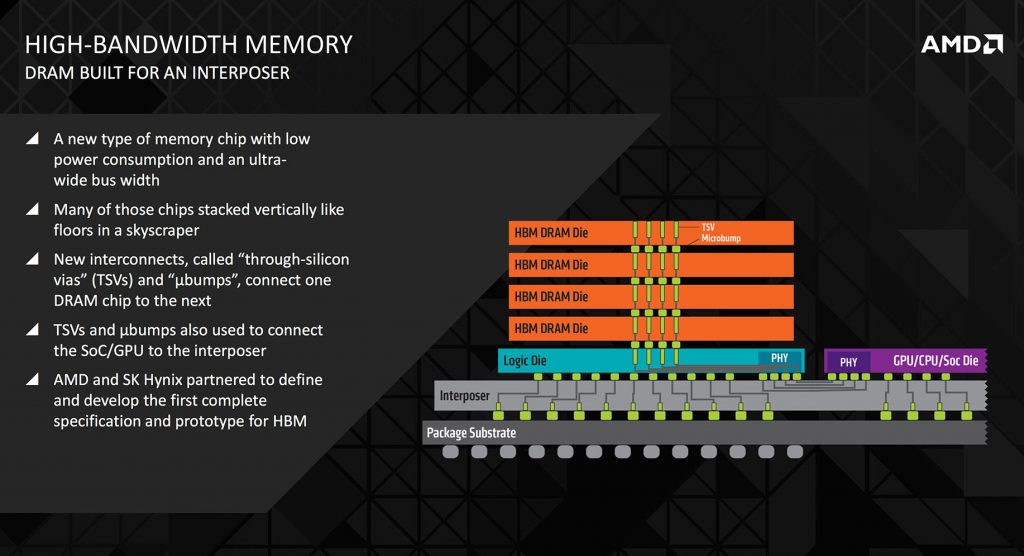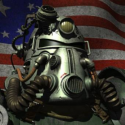
Technology advances so quickly in the electronics industry that 10 years is an eternity. It’s not only speed, but the nuts and bolts of entire industries that can change. Let’s take a look at the graphics cards that were released in AD 2006, and analyse how they’re similar and different from today’s cards.
CrossFire
Ten years ago, creating a CrossFire set-up was way more complicated than it is now. It was limited to only two cards (versus the four we can use today) and you had to have two different cards! A normal one and a CrossFire Edition, also called the mother card. Getting ahold of them was no easy task, either.
They had to be connected with special cables. The original CrossFire setup evolved into CrossFire bridge, which was then connected to CrossFire headers. Fortunately, none of it is now necessary. Thanks to XDMA technology, the CrossFire setup can be created without a single additional accessory. Only two cards based on the same chip are needed, nothing more. And that, you’d have to admit, is significantly more convenient.
First with GDDR4 and HBM
In 2006, Radeon X1950 XTX was the most powerful card on the market. It featured GDDR4 memory, a unique attribute it alone had. Every other high-end card, including the X1950 XT and competing products from nVidia, had GDDR3 memory.
It seems quite reminiscent of R9 Fury cards with modern HBM memories when all other high-end models on the market feature rather old GDDR5 memory or its slightly upgraded version, GDDR5X. Although GDDR4 never became popular, HBM 2 technology seems to have a really bright future.
Reference boards and coolers
In 2006, there were nearly no custom circuit boards. The vast majority of cards had a reference design PCB and most cards had reference coolers. Today there are a lot of custom PCBs and most cards use non-reference coolers. Better still, good quality cards have a semi-passive mode, which turns the fans off when the card isn’t very stressed. I like this development: consumers having more choice is always a good thing. There is also a larger variety of factory overclocked cards currently on the market. One of the few examples of the old non-reference coolers is the Radeon X1950 XTX Toxic with AiO cooler.
Backplate
Back in 2006 backplates were a rare bird, but most better quality cards now come equipped with a sheet of steel that reinforces the circuit board, strengthens them to stand up to mechanical damage, makes them look better and sometimes even cools them.
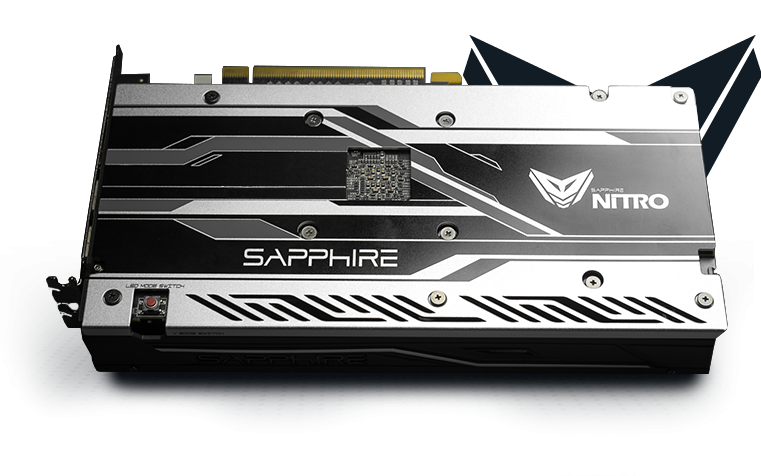 As you see, many things were different back in the day. But the ever widening innovations and choice consumers have today can only mean we’re heading in the right direction. I’m really curious what the next 10 years will bring, though there can be no doubt that fundamental changes will be afoot when silicon is ushered out by the material that ends up replacing it.
As you see, many things were different back in the day. But the ever widening innovations and choice consumers have today can only mean we’re heading in the right direction. I’m really curious what the next 10 years will bring, though there can be no doubt that fundamental changes will be afoot when silicon is ushered out by the material that ends up replacing it.





